|
It’s common to find practitioners struggle with activating the spinal muscles while moving through a Vinyasa class, in poses like Virabhdrasana III (Warrior 3) and/or Ardha Uttanasana (Halfway Lift), and I put this down to 2 main reasons. Firstly, the engagement of these muscles can be a rather unfamiliar sensation, and it’s often evident when students return with a blank stare when I point them towards this activation. It’s not a feeling that our body is used to and not what we regularly use in our day-to-day activities, unlike lifting an object, we’re familiar with the using of muscles in the arms. Secondly, the activation of these muscles happen through subtle movements, so it often goes unnoticed if we’re not paying attention to them, using the example of lifting with the arms, that’s a prominent and obvious action in contrast and easy to notice in our own bodies. But to activate the muscles in our back isn’t a difficult thing to do – many of us can find this feeling through Salambasana (Locust), it only becomes hard when those muscles are not the primary focus of the pose. Looking at Ardha Uttansana (Halfway Lift) today - this pose appears twice during Surya Namaskar A (Sun Salutation A) – at the start of the sequence and then again, at the finishing of the sequence. Offering strengthening and lengthening qualities from the heels to the crown of the head and also the hips, the pose is alive, full of activation throughout the entire back of the torso and lower body. The pose is alive, full of activation throughout the entire back of the torso and lower body. However, what’s often
* Red arrows represent energetic lines above Method –
1. From Uttanasana (Forward Fold), ground through the feet, especially heels, this is to close the kinetic chain in the body 2. Draw in the belly (to activate core muscles) 3. With heels grounded and core engaged – take a breath in as you slide arms up to knees, lifting the chest up halfway to lengthen the spine forwards (this should give a feeling of muscular contraction as the back of the body and legs activate) *lifting the chest is key as it brings the muscular activation in the back. The common instructional mistake is that students are asked to lengthen their spine forwards – that is the movement of the body and not the action that creates engagement. 4. On exhalation, letting all of the muscular engagement go and allow the body to drape forwards, creating a feeling of lengthening from the heels to pelvis, and from base of spine to crown of the head. **a part of this story appears in my IG post, to follow me, click on the icons below -
0 Comments
On the subject of food and nutrition during Yoga Therapy training, our lecturer made a statement which really took me by surprise – she advised that instead of throwing out vegetables that are starting to yellow, we may want to consider eating them as the process of yellowing actually produces certain nutrients that aren’t present when their green! My partner can attest, I’ve always been one to try to use up every leftover ingredient in the fridge, past their sell-by date, so long as they’ve not began to mould. The post-war generation of Chinese are big on not wasting food. This attitude has been passed down from grandparents to parents, then parents to children; though it’s doubtful if its influence continues with the new generation, it’s certainly etched into my mindset. I still remember vividly – after emptying what’s leftover in the rice cooker – my elderly nanny used to pour hot water down the cooker dish. The purpose is to soften the remainder grains that were caked to the walls of the dish. She would scrape the grains off and eat them like a rice congee. Not a single grain ever goes to waste, as she often teaches us the importance of appreciating the food that’s available to us, but also to understand how painstaking it actually is to grow and produce rice. The need to not waste, perhaps it’s one of the reasons why, the Chinese have developed recipes and cooking methods that are particularly suited to turning stale ingredients delectable. Braising is a great example, less common in English cookbooks but certainly a method that appears in French cooking. It’s uncertain who originated the technique but it’s one that serves this purpose well! In braising, you sautéed the ingredients at high heat for a quick moment and then finish the dish by covering and simmering it, in a small amount of liquids, for a longer period. Flavours between ingredients and condiments are infused and enriched by one another with this method of cooking, and the results are usually rich in flavour. 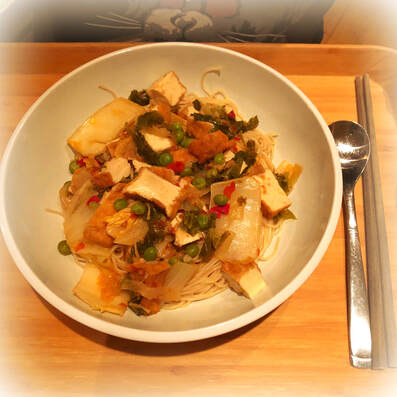 ~ A Braised Pot of Leftovers ~ *All of the ingredients used here were headed for the compost bin. They were remaining quantities from other recipes. As such, the quantities for this dish can vary and you can always add/remove ingredients that are (un)available. Ingredients – 1 x White Onion (diced in chunks) 3 x cloves of garlic (chopped up finely) 2 x red chillies (roughly chopped up) Kale (roughly chopped, stalks removed) Chinese Leaf (chopped in large pieces) Firm Tofu (diced in large cubes) Frozen Peas Miso Paste Douban Jiang aka Chilli Bean Sauce (made from fermented soy beans and chilli) Stock (chicken or vegetable) Sesame Oil Brown or Cane Sugar Cooking Oil *Optional ~ Handful of dried shrimp (finely chopped) Handful of dried scallops (crumbled) 1. On the hob – at medium-high setting - heat the cooking oil in a deep dish/cooking pan for 1-2 mins 2. Once the oil is hot, add the garlic, onions, chillies, *dried shrimp and scallops (optional ingredients) that you’ve prepared. Toss them in the oil and fry for a few seconds, taking care not to let them burn. 3. Turn the heat down. Add a dash of water as you put the lid on and let the ingredients soften inside. 4. Add the kale and toss it well with the rest of the ingredients. Put the lid back on and let it simmer for a minute. 5. Then the Chinese leaf – just as above – stir it in thoroughly with the rest. Put the lid back on and simmer for a couple of minutes. 6. Mix in the frozen peas next. Add a splash of chicken/vegetable stock, cover and simmer, this time for longer 7. Check the pot regularly, lifting the lid and giving the ingredients a stir so they don’t burn or stick to the bottom. You want to make sure that it’s simmering and not boiling. The ingredients should always be cooking in a small amount of liquids. 8. With braising, the ingredients are cooking in a covered pot so the liquids are evaporating, condensing on the lid and returning back to the ingredients. At a low heat, you are essentially cooking the foods in their own fluids. 9. Add more stock if the liquid is drying up, you probably will need to top up 2-3 times during the process. If the liquid’s evaporating all the time, it could mean that the heat is too high and you may want to turn it down. 10. When you notice that the vegetables have softened, add the condiments – the chilli bean sauce, miso paste, sesame oil and a bit of brown/cane sugar. Salt, if desired. 11. Mix in the tofu cubes and stir in well with the rest of the ingredients. 12. Cover and simmer for a few minutes; test to see if it’s ready to serve – the Chinese leaf is a good indicator, it captures flavours well and should taste like an infusion of the flavours in the pot. 13. Serve with rice or noodles. *A section of this post appears on my IG, click on the icons below to follow me! 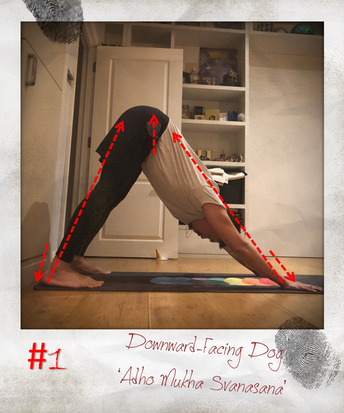 There’s no other pose that’s more strongly associated to modern yoga as Downward Facing Dog, aka Adho Mukha Śvānāsana in Sanskrit. So recognisable that it’s often the asana of choice to illustrate or accompany yoga-related features and promotions. Commonly referred to in short as ‘Downward Dog’ too, it’s obvious that the name of the asana (Sanskrit word for pose) comes from its shape, which resembles the action a dog getting up to stretch out across the torso from lying down. So widely practised that it’s almost inevitable for any practitioner to encounter this pose in a hatha yoga, especially Flow or Vinyasa style classes. The pose itself sits within the family of inversion and is considered one of the more accessible option within this category. In flow-style practices, it’s often thought of as neutralising; a restorative posture slotted between dynamic, moving sequences to give practitioners a moment to recalibrate and reset.
isn’t to attain shapes, it’s to cultivate awareness in body and mind, so the aim is to feel and connect with the sensations that the pose offers.
To counteract any tightness across the back, bend the knees, softly like in #2 or more deeply like in #3, but keeping the hips at the highest point. Lightly draw navel to spine to keep sit-bones up and lengthen out the lower back. By driving the heels towards the earth, strength is activated across the legs – fine if heels reach the mat like #1, otherwise just let them hover like #2 or #3 with knees bent. Another common mistake is to dump the weight into the shoulders and often, this is done even without the person being aware. They are holding up without channelling any energy through the body, simply sinking into the pose. Over-time, a strain to the shoulders begin to emerge. Spread out the fingers, ground through knuckles and heels of the palm to engage the muscles in the arms, and actively push away from the mat so it feels like you’re lengthening from the wrists to the shoulders and across the torso to the waist. Allow the neck to hang gently towards the ground. These adjustments should also bring a feeling of space across the chest and upper back. A pose that appears simple but is full of nuanced complexities to perform., it offers strengthening and stretch qualities throughout the body but requires a fine balance of effort between arms, torso and legs so we don’t find ourselves burdening an area more than the other. Once you activate and direct your energies effectively, the pose will bring a feeling of length and lightness. As a gentle inversion, it supports circulation and activates parasympathetic nervous system, to bring a calming, relieving quality. *A section of the story appears on my IG post, click on the icons below to follow me! Some of you who've been to my classes or follow my posts would know how much I attribute the mood and energy of a room, to the role of music and how much it can help in this aspect. Music can absolutely be a complementary and contributing element to setting and creating the scene.
And to find inspiration, I try to search with an open mind. I try not to restrict myself by looking across different genres and a broad spectrum of musical styles when I'm putting together compilation for different moods, sequences and moments of the day. Using a wide variety of sounds for this particular playlist - Set 25 - I've combined tribal, primordial drums with ambient electronic sounds and sweeping, keyboard scores, the intent is to encourage a lift of spontaneous energy and enhance the sense of sooth and calm. I hope this playlist will make a wonderful companion if you're practising at home and looking to fill the silence in the background. Spotify Link - https://open.spotify.com/playlist/0GmgqfKj7H1SaKrGiYhpqu?si=Pp0ac0kEQ5KV6X8tZcxahQ |
Hongyi the yogiFull-time yoga teacher & trainee yoga therapist in London. Eager to share, eager to learn! Archives
July 2021
Categories |

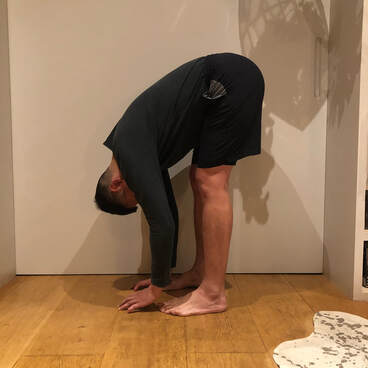
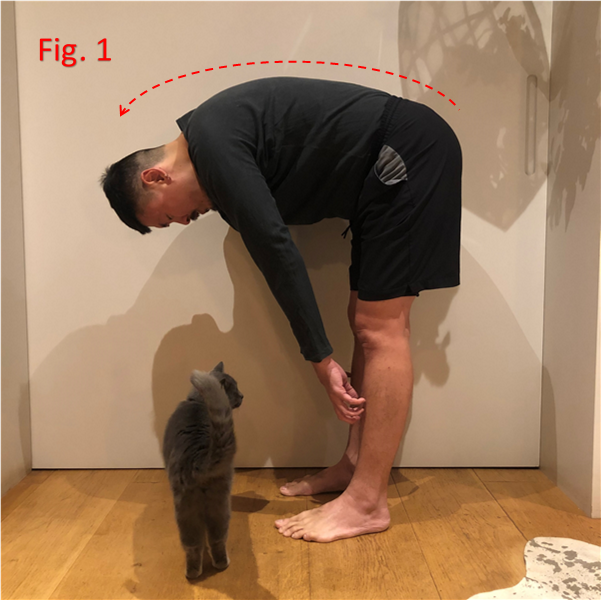
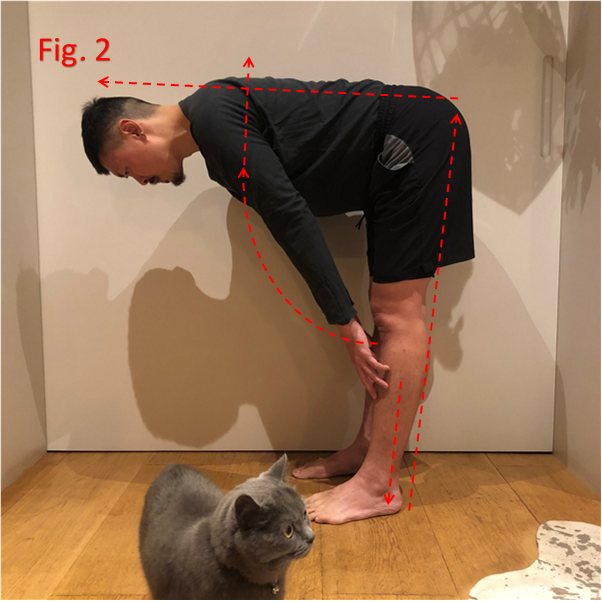
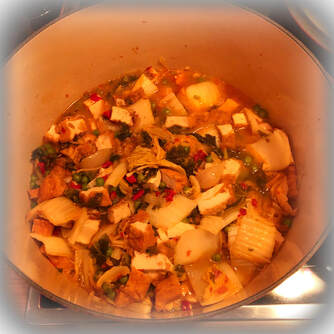
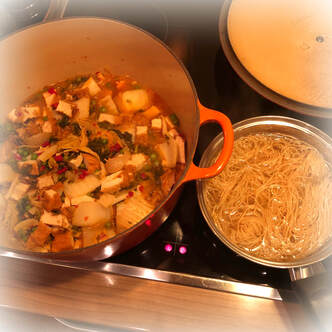
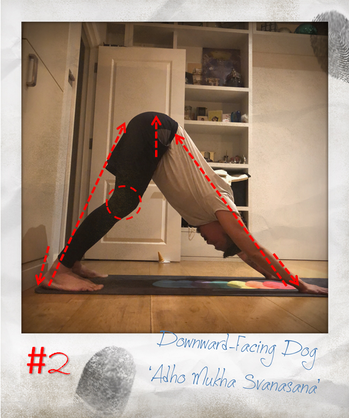
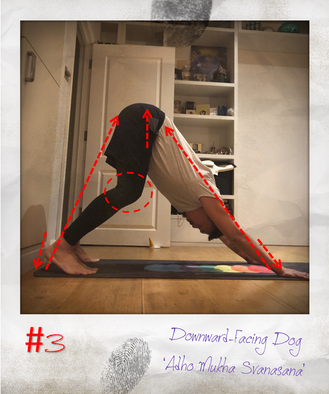
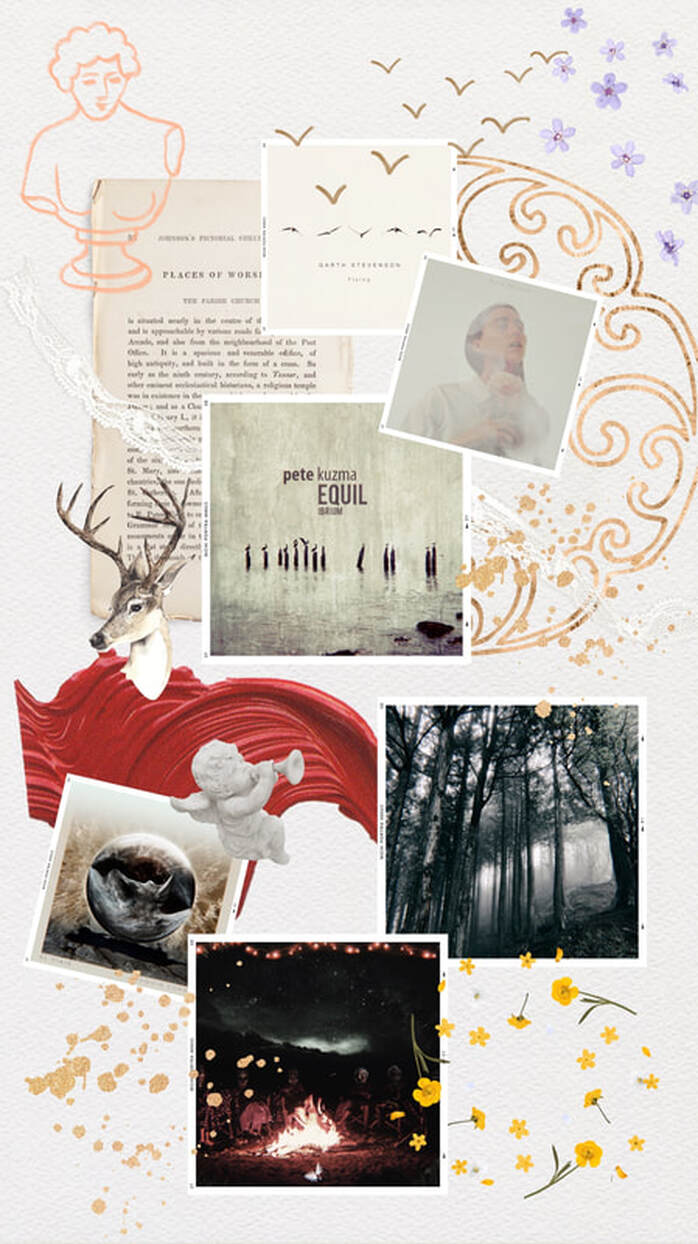
 RSS Feed
RSS Feed
